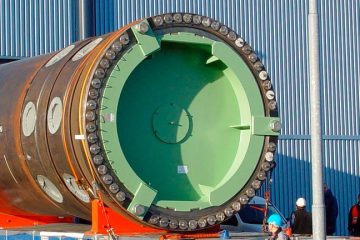Hiroshima: A Testament of Resilience and Reflection
Introduction
Hiroshima, a city in Japan, is most well-known for its tragic history as the first city to be targeted by an atomic bomb on August 6, 1945, during World War II. This pivotal moment not only changed the course of the war but also serves as a poignant reminder of the devastating effects of nuclear warfare. Today, Hiroshima is recognised for its transformation from a site of destruction into a symbol of peace and resilience. Understanding Hiroshima’s ongoing journey is crucial not just for historical awareness but also for promoting global peace efforts.
Historical Context
On that fateful morning in August 1945, the atomic bomb, dubbed ‘Little Boy,’ was dropped on Hiroshima, killing an estimated 140,000 individuals by the end of the year. The aftermath brought unimaginable suffering to survivors, known as Hibakusha, who continued to face physical and emotional scars. In the following years, however, Hiroshima became a focal point for anti-nuclear movements, advocating for the abolition of nuclear weapons worldwide.
Reconstruction and Modern Hiroshima
Following World War II, Hiroshima underwent extensive reconstruction, with a firm commitment towards peace and reconciliation. Today, the Hiroshima Peace Memorial Park serves as a tribute to the victims and a reminder of the city’s resilience. The park features monuments, memorials, and the iconic Atomic Bomb Dome, which has been preserved as a UNESCO World Heritage site.
Significance of Peace Initiatives
Each year, on the anniversary of the bombing, Hiroshima commemorates the event through various ceremonies and festivals. Events include peace marches, prayers, and the release of lanterns into the Motoyasu River, symbolising the spirits of the victims. These initiatives aim to foster a culture of peace, encouraging people to reflect on the importance of humanitarian efforts and the need to prevent nuclear warfare.
Conclusion
Hiroshima’s story is one of profound loss and remarkable resilience. As tensions simmer in various parts of the world, Hiroshima’s message of peace remains more urgent than ever. By remembering the past, advocating for non-proliferation, and promoting dialogues among nations, we can hope to create a future free from the threats of nuclear conflict. Hiroshima stands not just as a historical milestone, but as an enduring call for global peace and understanding.








